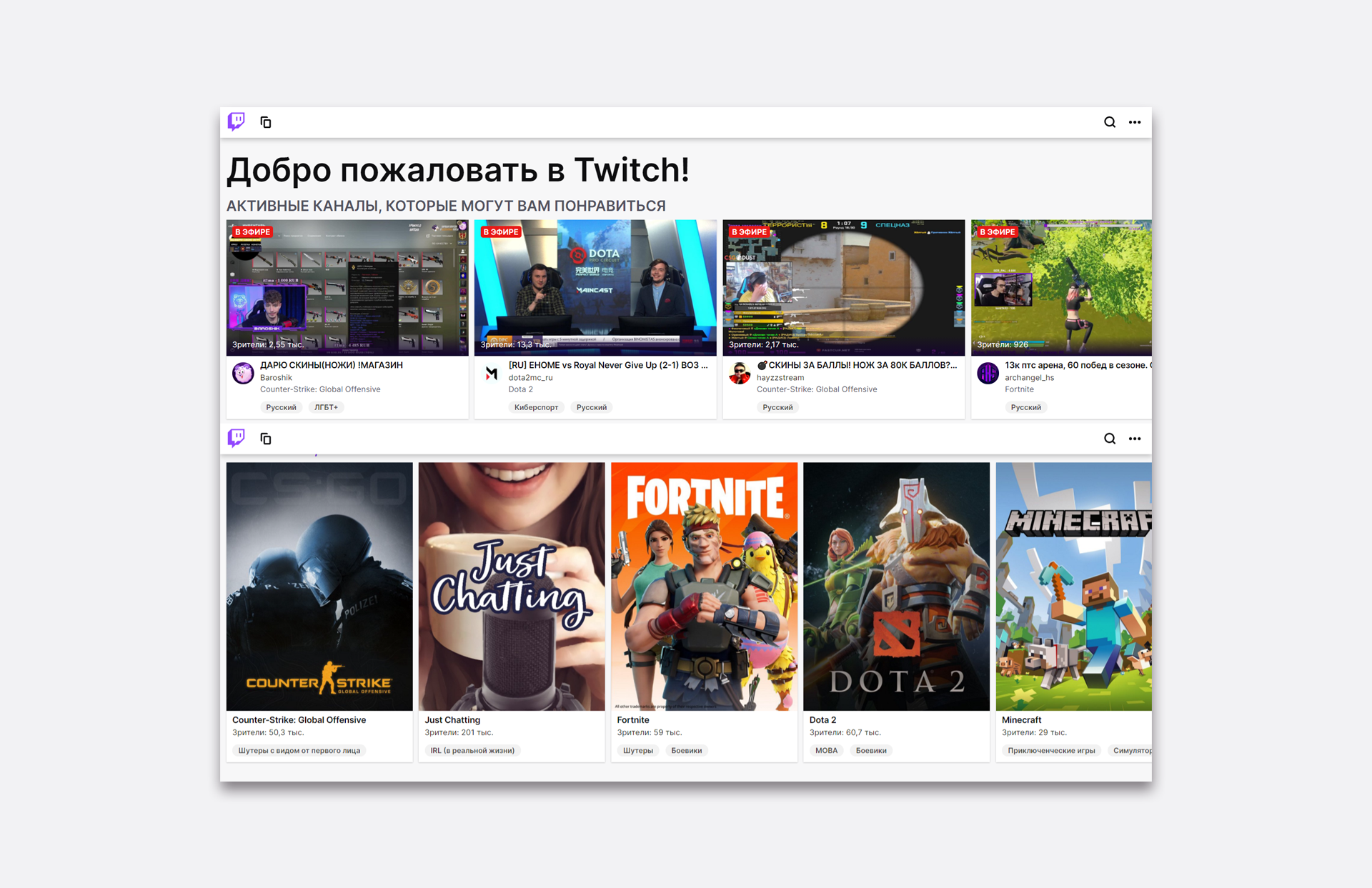The main function, and the main reason to use NextGen, is the ability to generate HTML pages on the server. This significantly speeds up loading, regardless of the power of the device used by the user. SSR is recommended by default for static pages, as it allows them to be displayed almost instantly. Pages with a lot of interactive elements will still require a hybrid approach, otherwise the user will have to wait a long time for the image to appear.

NEXT.JS
Next.js is a framework for server-side rendering of web applications in React. It is one of the most popular add-ons to this JavaScript library. With its help, it is easy to create productive and search engine optimized websites that will appeal not only to crawlers but also to users.
Next.js makes the most of React, supports TypeScript and complex routing, and provides additional features out of the box. With this framework, you can create a web application of any complexity from scratch or gradually modernize your old site to make it load faster and work more stably.
React is a JavaScript library used for UI (user interface) development. It is one of the most popular technologies for this language, but not quite a full-fledged framework. React is responsible for the program's interface, how it will look like, while its other components are written using other libraries and frameworks, such as Next.js. It adds hybrid static and server-side rendering to the application, as well as a set of other useful features that simplify development.
Some server-side rendering frameworks are also available in other popular JavaScript framework libraries for user interfaces. For example, Vue, one of React's closest competitors, has Nuxt.JS, which performs exactly the same function.
Next can automatically optimize images and detect language. It has built-in CSS and SaaS integration, tools for setting up redirects, and Next supports TypeScript with automatic configuration and compilation, so developers can use it. All this significantly expands the scope of the possible functionality of your web application. The latest build, as of the end of 2020, also includes Next.js Commerce: a set of modules for quickly launching productive e-commerce projects.
Server-side rendering increases not only the loading speed but also the visibility of your website by search engines. It is they who read the HTML code generated on the server and decide how to evaluate your web application based on it. At the same time, Next.js affects the way the interface is built to provide a good user experience to the visitors of the web application. Fast loading and a clear interface are equally valued by both users and search engines.
With Next.JS, you can write a web application from start to finish using zero configuration. At the same time, it was created as a tool for modernizing websites with significant legacy code. If your web application has a lot of old, cumbersome code, loads slowly, crashes in mobile browsers, and developers spend all their efforts to keep it running, it's time to gradually switch to Next.JS.
Next.js Analytics continuously measures a huge list of data about the application. You will know exactly what caused the change in the performance of your web application or the behavior of its users. The metrics evaluate the loading speed and responsiveness of the page, and also detect errors with the UI layout.
Next.js is more than just a framework for server-side rendering. It's a powerful system for developing high-load web applications. With it, you get access to all the benefits of React, the most popular JavaScript library, and many other unique features. All of them work for the same purpose: to simplify development and create a web application that will appeal to users and search robots alike.

